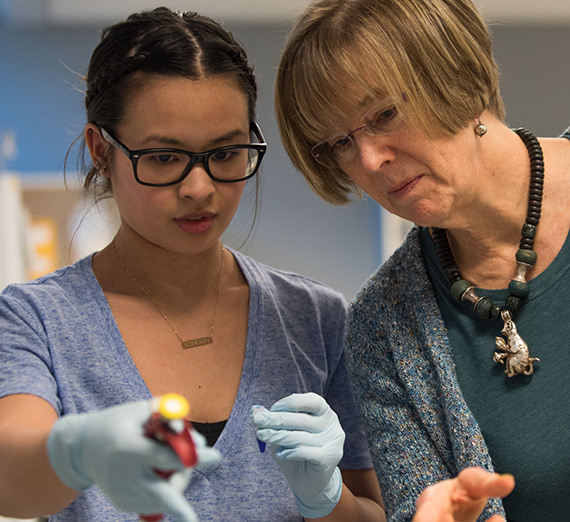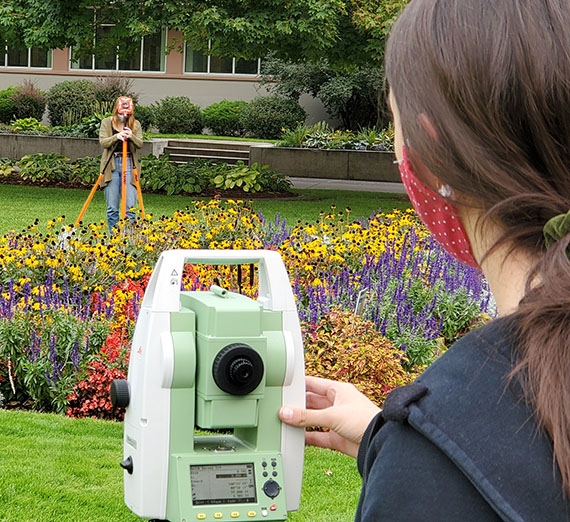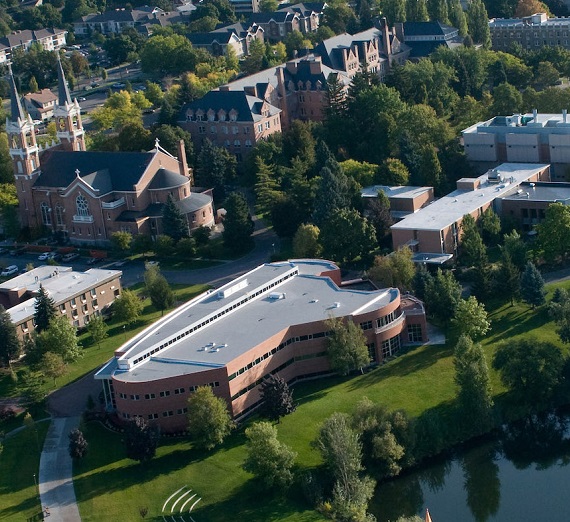Capabilities and Instrumentation

Fourier Transform Infrared Spectrometer (µFTIR)
Spectral characterization of polymer composites to characterize phenomena such as interpolymer diffusion, composition and degradation, curing kinetics, structure-property determination, etc.

Isothermal Titration Calorimeter (Nano ITC)
Allows direct interrogation of thermodynamic parameters of molecular interactions.

Bruker Hysitron TS77 Nanoindenter
Measurements of nano and microscale surface mechanical properties, including microhardness (e.g., characterize surface treatment). Includes modes for scratch testing (coating/bonding delamination and adhesion) and Continuous Stiffness Measurement (CSM), to perform nanoscale dynamic mechanical analysis.

Tescan VEGA3 Scanning Electron Microscope (SEM)
Fully PC-controlled SEM with tungsten heated filament (optionally with LaB6) that allows for imaging in both high and low vacuum mode. Equipped with an EDAX detector for elemental analysis.

Zetasizer Pro Dynamic Light Scattering (DLS)
Determination of particle size distributions, for example, in preparation of polymer (particulate) nanocomposites, quantifying extent of agglomeration and subsequent impact on mechanical properties. (Future instrument)

TA Instruments Dynamic Mechanical Analyzer DMA850
Measurement of elastic and viscoelastic properties of polymers/polymer composites (e.g., elasticity, rigidity, storage/loss modulus, creep and relaxation, glass transition, etc.) measured across a range of temperatures and environmental conditions. (Future instrument)

Differential Scanning Calorimeter DSC250
Thermal characterization techniques (DSC, TGA) are used to quantitatively evaluate properties of materials (polymers, composites) including but not limited to composition, decomposition, and phase transitions. (Future instrument)

NanoIR3 Nanoscale IR Spectroscopy System
IR spectrometer which enables direct measurement of chemical structure with a <10nm lateral resolution - critical for characterizing the chemical structure of filler-matrix interface in polymer matrix composites, and how these are affected by variations in processing. (Future instrument)

Horiba XploRA PLUS Raman Confocal Microscope
Spectral characterization of polymer composites to characterize phenomena such as interpolymer diffusion, composition and degradation, curing kinetics, structure-property determination, etc. (Future instrument)

TA Instruments Thermogravimetric Analyzer TGA550
Used to quantitatively evaluate properties of materials (polymers, composites) including but not limited to composition, decomposition, and phase transitions. (Future instrument)








